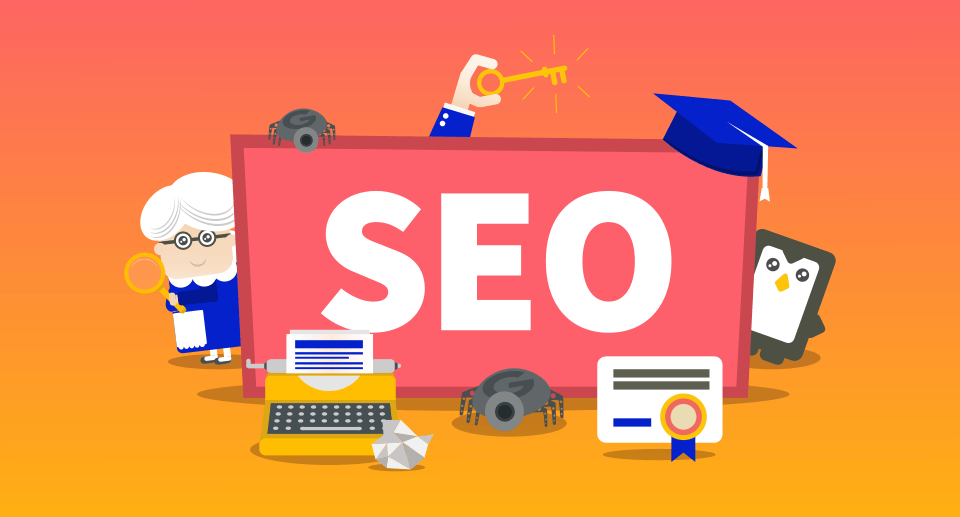BEST SEO TOOLS FOR WEB DESIGNERS
- Get link
- X
- Other Apps
There’s a lot of overlap between SEO tools, which is why it can be so difficult to figure out which is the best to use. To simplify things, I’ve selected the 4 SEO tools that will seamlessly integrate with your design workflow and won’t break your budget.
You already have a ton of tools in your web design toolbox which is why I’m reluctant to write this post the way I would for copywriters and SEO pros. Why? Well, because there are literally dozens of SEO tools you could add to your workflow. Unless you’re promising clients that their websites will go to #1 in search results for every keyword they want to win, there’s no reason to add that kind of complexity to your life.
That said, you can’t completely ignore SEO. No one is going to shell out money for a web hosting plan, domain name, and professional web design services and not expect results in return. But before your client’s website can start capturing leads and sales, it needs organic search traffic — which is why you’ll need some SEO tools and strategies to help you out.
So here are the best SEO tools for web designers:
Moz: The Best Premium SEO Tool
There’s a lot of really good competition out there when it comes to premium SEO tools, but Moz is the clear winner as far as web designers are concerned.
One of the things that’s great about using Moz for SEO is that it comes with a free toolbox. Whether you need an introduction to search engine optimization or simply want to give a premium SEO tool to try, the toolbox will do the trick.
With free Moz tools, you can do things like:
- Research possible keywords
- Analyze the rankability of your domain
- Review your current keywords (regular and branded)
- See if you’ve earned any featured snippets, backlinks, and more
- Snoop on the competition’s website and ranking keywords
Ubersuggest: The Best Free SEO Tool
- It allows you to assign a focus keyword, title tag, and meta description to each post or page;
- It lets you preview your Google search snippet on desktop and mobile to make sure everything fits and a featured image is present;
- It scores your page on how well it’s optimized around your keyword;
- It scores your page on other SEO factors like text length, image alt attributes, internal links, and so on;
- It scores your page on readability as well.
Google Search Console: The Best Analytics SEO Tool
- Landing page traffic and performance;
- Geo-specific data;
- Device-specific data;
- Search queries and click-through rates.
Other SEO Tools Web Designers Should Be Using
- Get link
- X
- Other Apps

Comments
Post a Comment